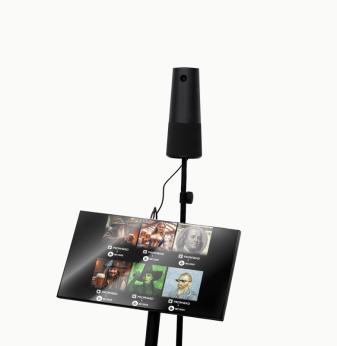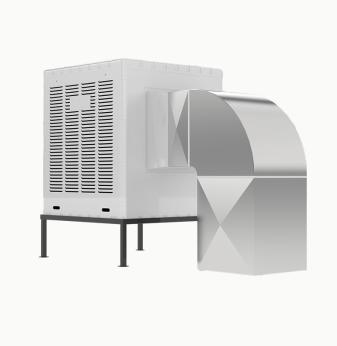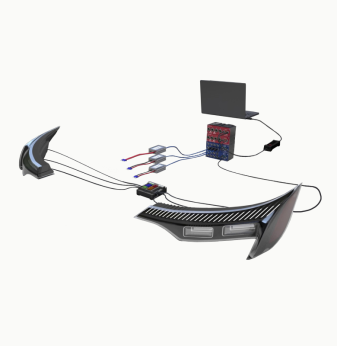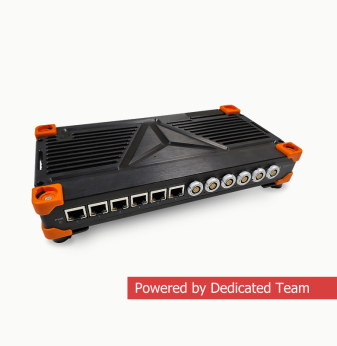How Embedded Integration Accelerates Certification Under ISO 26262, ISO 21434 and IEC 62443

Embedded integration refers to the practice of designing hardware, firmware and security as a unified system from the start. This contrasts with bolt-on security or retrofitting after product design. In regulated industries—automotive, industrial automation, railways—early integration enables smoother alignment with functional safety and cybersecurity standards such as ISO 26262 (automotive), ISO 21434 (cybersecurity), and IEC 62443 (industrial control systems). This article explains how embedded integration shortcuts certification paths and reduces risk, cost and time.
What certification standards require from embedded products
ISO 26262 mandates a structured safety lifecycle from concept to decommissioning. It enforces hazard analysis (HARA), safety goal allocation by ASIL, and traceable verification and validation. ISO 21434 adds cybersecurity risk management for automotive E/E systems. IEC 62443 applies similar principles to industrial automation zones. All these standards require tight alignment between hardware design, firmware, test results and documentation.
Why integration matters: bridging hardware, firmware and domain
When hardware is designed separately from firmware, validation gaps and rework increase. For example, if firmware lacks certain diagnostics or boot validation features, compliance work starts late. Certification authorities expect continuity across requirements, architecture, implementation, and testing. Embedded integration ensures that safety mechanisms—such as secure boot, diagnostic monitoring, and runtime error detection—are part of the initial design.
Key benefits include:
- Coverage of mandatory static analysis and dynamic testing modules from day one
- SBOM and traceability pipelines integrated with firmware build systems
- Use of prequalified IP blocks to accelerate functional safety compliance
How embedded integration accelerates certification timelines
1. Aligned safety and security documentation
Integrated architecture means hazard and risk analyses align with hardware and firmware features. Traceability matrices and verification reports can be generated more easily. Using ISO-ready IP or FPGA safety packages reduces audit feedback cycles.
2. Automated testing and static analysis
Tools qualified for ISO 26262 ASIL-D testing help automate unit and integration testing of embedded code — enabling faster compliance generation. Embedded integration makes these tools plug into CI/CD pipelines from early iterations.
3. Reduced redesign risk
Embedded integration allows threat modeling, fault injection, and FMEDA to be executed early in the design. This avoids late-stage redesign when audits identify missing protection—common when firmware and hardware are created out-of-sync.
4. Supply chain clarity
As ISO 21434 and IEC 62443 demand suppliers to document security assumptions and safety packs, a unified embedded architecture means fewer versions of architecture docs and fewer fragmented deliverables to cross-check.
Challenges for fragmented workflows
Without embedded integration:
- Supply chains produce components and firmware with misaligned assumptions
- Test results are generated late, requiring rework
- Traceability is incomplete and auditors request patchwork documentation
- COTS parts lacking safety context force full re-certification cycles
Real-world example: ASIL-ready FPGA integration
Some semiconductor IP vendors now offer ASIL-ready IP packages for flash controllers, communication subsystems, and SoC platforms. When engineering teams embed such IP early, OEMs and Tier1 suppliers receive prequalified modules, reducing safety case validation time and minimizing certification rework.
Market trend: certified development tools and embedded security stacks
Development tools and embedded security stacks now offer certified support for ISO 26262, ISO 21434, and IEC 61508 frameworks. Adoption of these tools in embedded pipelines helps minimize manual verification errors and accelerate audit readiness. The shift to “certification-aware” engineering is one of the most visible trends across safety-critical sectors.

Checklist: embedded integration best practices for certification
- Incorporate hardware root-of-trust and secure boot support into system architecture
- Use static analysis tools qualified for ASIL-D testing
- Generate automated documentation (trace matrices, FMEDA, safety cases)
- Embed update management and SBOM tools early
- Adopt pre-certified IP blocks and safety packs
- Maintain code traceability via CI/CD pipelines
Promwad capability highlight
At Promwad, we help clients deliver embedded architectures that align with ISO 26262, ISO 21434 and IEC 62443. Our services include:
- System architecture design supporting safety integrity and secure update paths
- Integration of static and dynamic verification within firmware pipelines
- Use of prequalified IP and reference designs for safety performance
- Safety case generation and audit preparation support
Final advice
Embedded integration is not future-only—it is a time, cost and risk leverage strategy. In highly regulated fields, shifting safety and security considerations early in the design chain empowers teams to meet certification requirements efficiently. Those who treat integration as an operational habit—rather than documentation afterthought—will achieve compliance faster and more securely.
Our Case Studies












